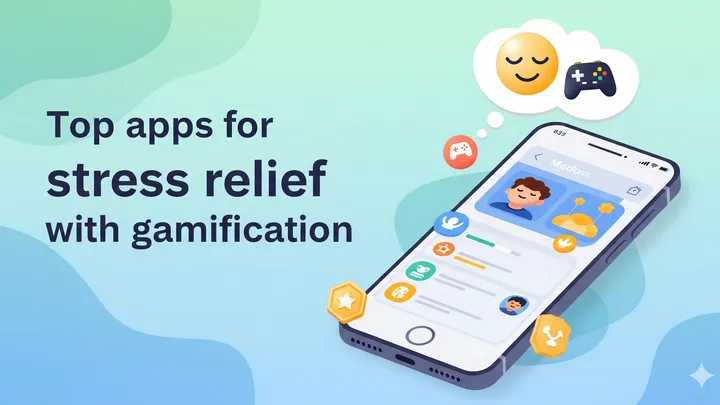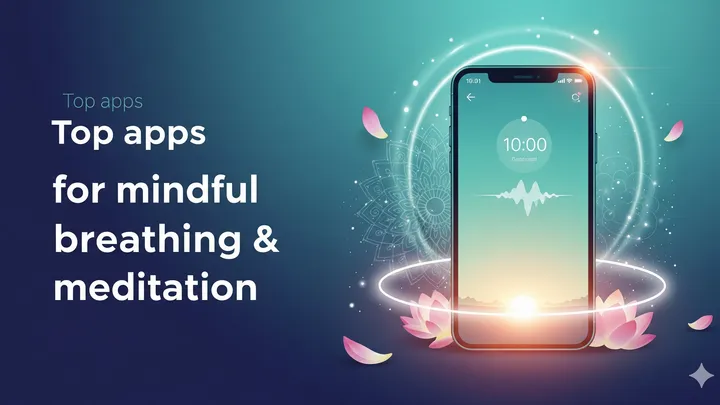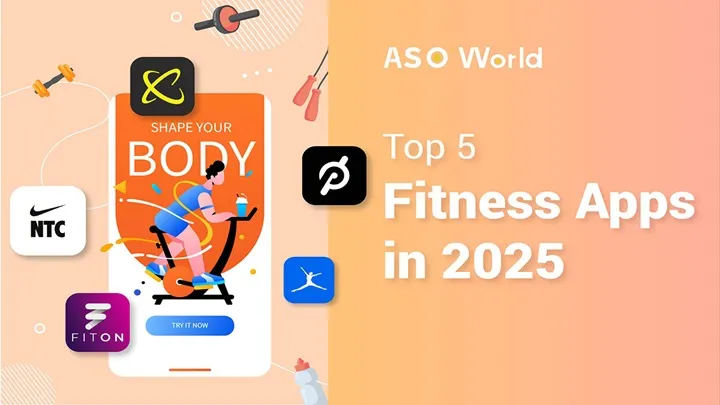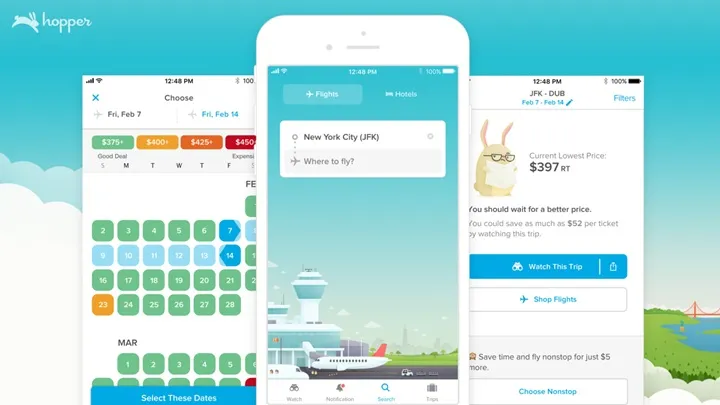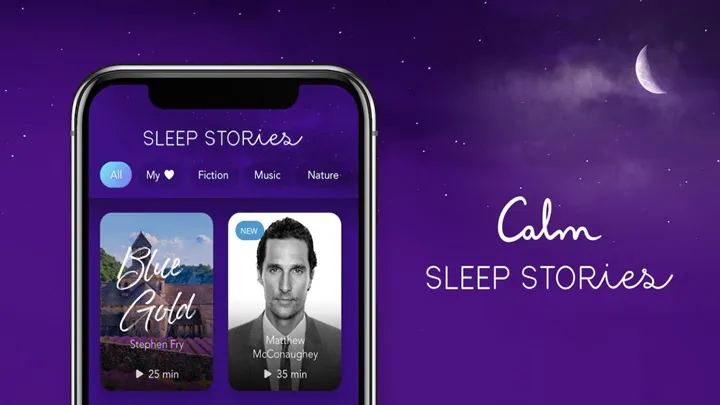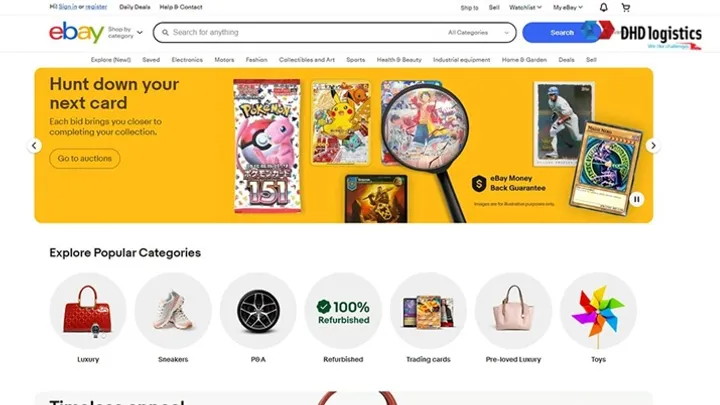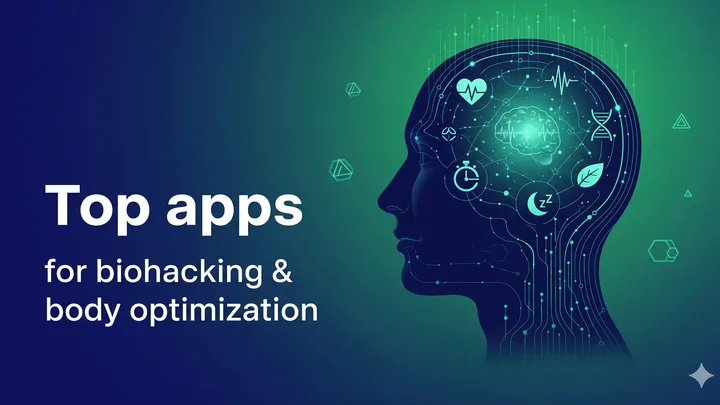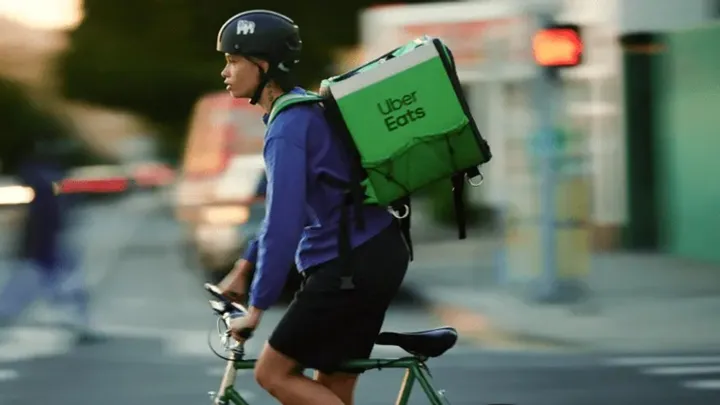Disasters—whether natural or man-made—often strike without warning. From earthquakes and hurricanes to wildfires and floods, being prepared can mean the difference between safety and chaos. In today’s digital-first world, mobile apps have become powerful tools to keep people informed, connected, and ready for emergencies.
By providing real-time alerts, offline survival guides, family communication plans, and checklists, disaster preparedness and emergency guide apps empower individuals and communities to respond quickly and effectively. This article explores the top apps for disaster preparedness in 2025, their unique features, and how they are shaping resilience in uncertain times.
Why Disaster Preparedness Apps Matter in 2025
Before diving into the apps themselves, it’s worth understanding why digital preparedness has become so essential.
- Increased frequency of extreme weather: Climate change has intensified hurricanes, floods, and wildfires. Apps help people stay ahead of evolving risks.
- Instant access to information: Traditional media and alerts may be delayed. Mobile apps provide real-time updates directly in users’ hands.
- Connectivity in crises: Apps allow families to coordinate, share locations, and confirm safety even when phone networks are strained.
- Practical guides offline: Many apps include survival checklists and first aid tips accessible without internet—critical when networks fail.
With that in mind, let’s look at the best apps designed to keep you safe and prepared.
1. FEMA App – Your Official Emergency Guide
The FEMA App, developed by the Federal Emergency Management Agency, is a comprehensive disaster preparedness tool designed for U.S. residents. It provides everything from disaster alerts to emergency resources tailored by location.
Key Features
- Real-time weather alerts and warnings.
- Preparedness tips for over 20 types of disasters.
- Custom emergency kits and family meeting plans.
- Location-based emergency shelter information.
Why It Stands Out
As an official government app, FEMA ensures accuracy and reliability. It consolidates preparedness, planning, and recovery resources into one trusted platform.
Who Should Use It
- U.S. residents who want verified emergency information.
- Families creating preparedness plans together.
- Communities looking for shelter guidance during disasters.
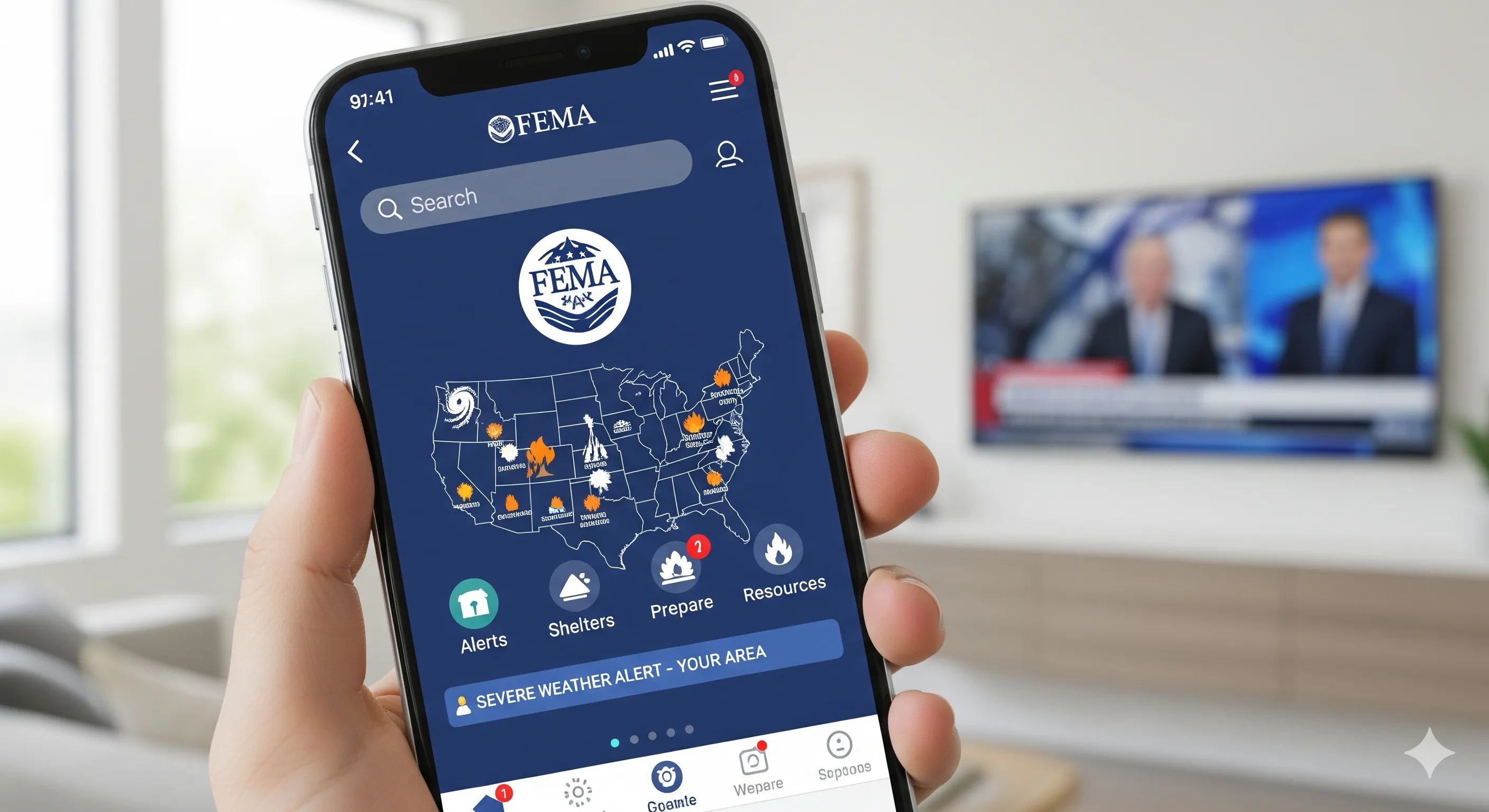
2. Red Cross Emergency App – Trusted Worldwide Support
The American Red Cross Emergency App is another essential tool, trusted for its global reputation in disaster response. Unlike FEMA, which is U.S.-centric, the Red Cross app is useful internationally.
Key Features
- Alerts for hurricanes, floods, earthquakes, wildfires, and more.
- Step-by-step preparedness and first aid guides.
- “I’m Safe” feature to notify loved ones instantly.
- Multiple language support for diverse communities.
Why It Stands Out
The app goes beyond alerts, offering actionable guidance. It helps people not only during disasters but also in preparing emergency kits, evacuation plans, and first aid responses.
Who Should Use It
- Global travelers needing a trusted emergency guide.
- Families separated across different regions.
- Anyone wanting immediate “I’m Safe” notifications.
3. Zello – The Walkie-Talkie for Emergencies
During disasters, cellular networks often fail due to congestion. Zello, a push-to-talk app, transforms your smartphone into a walkie-talkie, ensuring communication continues even when networks are unreliable.
Key Features
- Instant voice communication across groups.
- Lightweight, fast, and works on low-bandwidth connections.
- Widely used by volunteer rescue teams and first responders.
- Public channels for community disaster coordination.
Why It Stands Out
Zello became famous during hurricanes and wildfires when volunteer networks used it to coordinate rescues. It has since become a staple for community resilience.
Who Should Use It
- Families wanting real-time voice communication.
- Volunteer rescue teams and neighborhood watch groups.
- Communities needing coordination during evacuations.
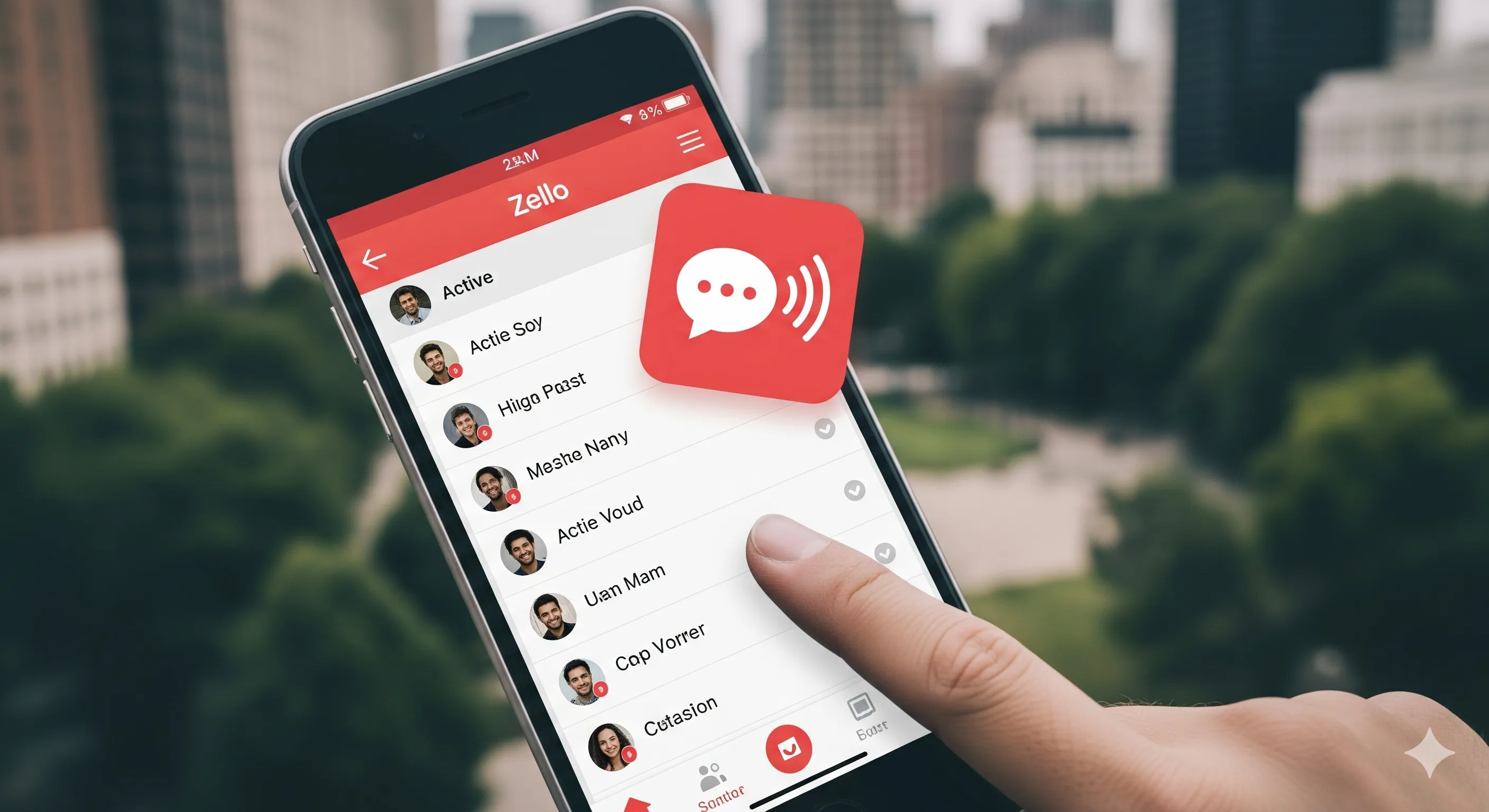
4. MyRadar – Advanced Weather Tracking
For many disasters, early warning is key. MyRadar provides real-time weather updates with intuitive radar maps that help users visualize approaching storms, hurricanes, and severe weather events.
Key Features
- Live radar with animations of storms in motion.
- Hurricane and tropical storm tracking.
- NOAA alerts integrated directly into the app.
- Aviation and wildfire monitoring layers.
Why It Stands Out
Unlike basic weather apps, MyRadar provides detailed visualizations that help people understand not just that a storm is coming, but where it’s heading and how fast.
Who Should Use It
- Residents in hurricane or tornado-prone regions.
- Outdoor enthusiasts needing weather situational awareness.
- Families planning evacuations ahead of severe weather.
5. Disaster Alert by PDC Global – Global Disaster Monitoring
Developed by the Pacific Disaster Center, Disaster Alert offers global coverage of active hazards, making it a must-have for international travelers and organizations.
Key Features
- Real-time alerts for earthquakes, tsunamis, volcanic eruptions, wildfires, and more.
- Interactive global hazard map.
- Trusted data from authoritative agencies.
- Notifications for multiple disaster types simultaneously.
Why It Stands Out
It is one of the few apps with a truly global scope, making it invaluable for humanitarian organizations and frequent travelers.
Who Should Use It
- International travelers and expatriates.
- NGOs and aid workers.
- Businesses with global operations.
6. Offline Survival Manual – Knowledge at Your Fingertips
Not all preparedness is about alerts—sometimes survival knowledge is crucial. Offline Survival Manual provides detailed survival techniques and first aid instructions without needing internet access.
Key Features
- Offline survival guides covering fire, shelter, water, and food.
- First aid instructions for common emergencies.
- Illustrated step-by-step instructions.
- Lightweight, fast, and reliable in remote areas.
Why It Stands Out
Unlike alert-focused apps, this one is about skills and knowledge, ensuring you can act effectively even if cut off from networks.
Who Should Use It
- Hikers, campers, and explorers in remote areas.
- Preppers who want practical guides always available.
- Anyone living in areas prone to power and internet outages.
7. Life360 – Family Locator and Safety App
Disaster preparedness isn’t just about alerts—it’s also about staying connected with loved ones. Life360 is a family locator app that helps track safety and coordinate during emergencies.
Key Features
- Real-time location sharing for family members.
- Driving safety alerts and crash detection.
- Group messaging and safety check-ins.
- Emergency dispatch features in premium plans.
Why It Stands Out
Life360 combines location safety with communication tools, making it essential for families separated during disasters.
Who Should Use It
- Parents monitoring children’s safety.
- Families coordinating evacuation or sheltering.
- Anyone wanting instant location updates.
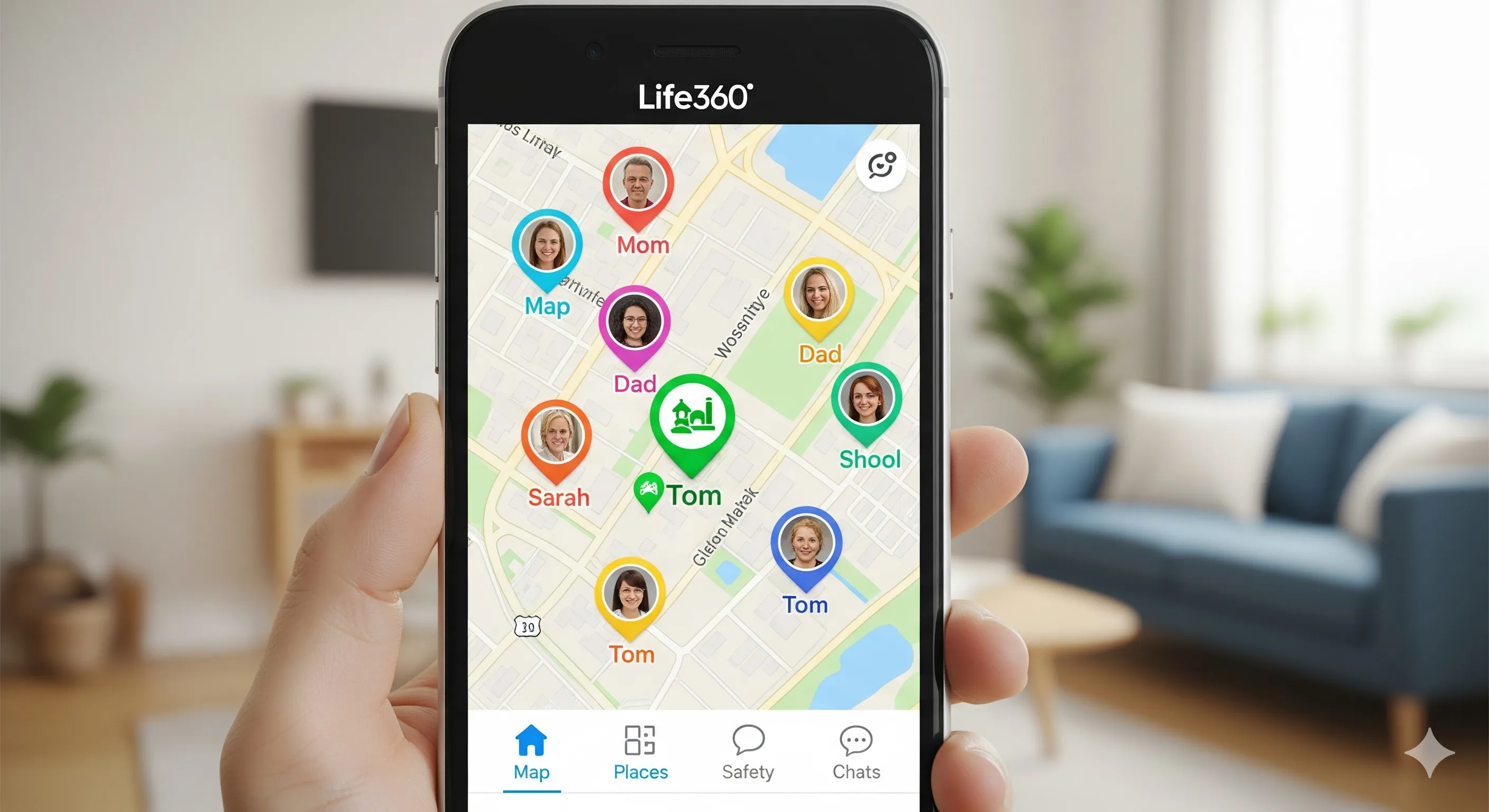
Practical Tips for Using Disaster Preparedness Apps
Having apps is only part of the equation—using them effectively is what ensures safety.
- Enable Push Notifications: Real-time alerts save lives.
- Download Multiple Apps: No single app covers everything—combine alerts, survival manuals, and communication tools.
- Keep Offline Options: Ensure at least one app works without internet.
- Charge Devices Early: During disasters, power outages are common—invest in power banks.
- Practice with Apps: Don’t wait for an emergency; test features with your family ahead of time.
The Future of Disaster Preparedness Apps
Looking ahead, disaster preparedness apps are set to become even smarter. Here’s what to expect in the coming years:
- AI-driven predictions that analyze weather and geological patterns.
- Integration with wearables for hands-free alerts.
- Crowdsourced data where communities update hazard maps in real time.
- AR/VR emergency training built directly into apps for interactive learning.
These innovations will make digital preparedness even more powerful, helping people anticipate and respond to crises faster than ever.
Conclusion
Preparedness is not about fear—it’s about resilience. In 2025, apps like FEMA, Red Cross Emergency, Zello, MyRadar, Disaster Alert, Offline Survival Manual, and Life360 prove that technology can save lives by keeping people informed, connected, and ready.
Each app serves a unique role:
- FEMA and Red Cross for official guidance.
- Zello for communication.
- MyRadar and Disaster Alert for real-time monitoring.
- Offline Survival Manual for practical survival skills.
- Life360 for family coordination.
By combining these tools and practicing their use, individuals and families can face disasters with confidence. Preparedness has always been essential, but with today’s digital tools, it has become smarter, faster, and more accessible than ever before.








